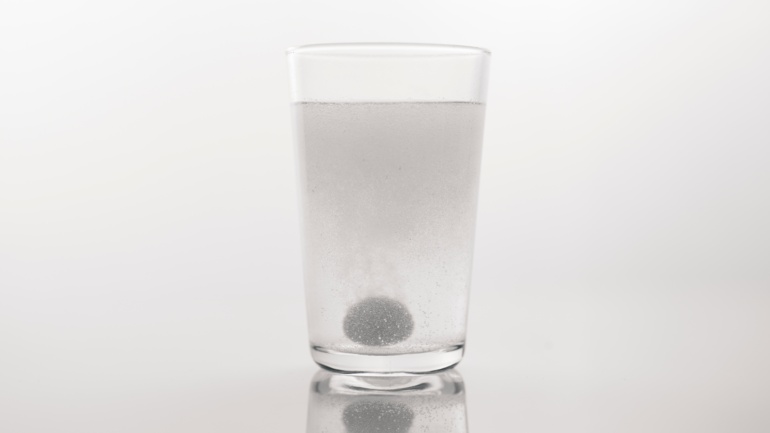By Erin Fee, Staff Writer and Researcher for Save The Water™ | May 11, 2019
Desalination, the process that turns salt water into drinkable fresh water, is held back by the expense and inefficiency of its methods. But recent discoveries have brought scientists closer to unlocking its full potential.
Where is the Water?
Of the Earth’s water supply, 97.5% is salt water. This leaves a mere 2.5% of fresh water, most of which is frozen in glaciers and the polar ice caps. In all, only .007% of the water in the world is available for drinking.1
How can we solve the water crisis when we have barely a drop of the planet’s supply to work with? One possible answer: Make more fresh water. Innovators have long seen the potential for abundant drinking water in our vast oceans. Desalination can be as simple as evaporating salt water and capturing the clean condensation. In contrast, it can be as complex as the leading desalination method, reverse osmosis. Reverse osmosis presses salt water through a membrane to filter out salt and other minerals.2
The Problem
Crisis solved, right? Oceans cover 70% of Earth’s surface, so there’s no shortage of salt water to purify.1 Unfortunately, desalination is expensive and requires a great deal of energy. Just imagine the amount of energy it would take to boil and evaporate billions of gallons of salt water per day. Similarly, reverse osmosis requires a large amount of power to force huge amounts of water through a membrane.2
Additionally, there is the matter of what we do with all the salt and minerals removed from the water. Treatment facilities currently dump this briny mix back into the ocean. This damages underwater ecosystems. According to recent estimates, desalination often produces more brine than fresh water.3
On one hand, desalination is an effective way to boost our limited fresh water supply. It has been invaluable in areas where water is scarce, such as the Middle East.3 On the other hand, even the best desalination methods are held back by high monetary, energy, and environmental costs. With all this in mind, should we give up on expanding desalination efforts?
Water scientists definitely haven’t. They are constantly figuring out how to fine-tune and even revolutionize the process. And with each new discovery, the drawbacks get smaller and smaller. Below are some of the most exciting developments.
Desalination Limitations Inspire Innovations
Renewable energy sources may be the key to getting around desalination’s high energy cost. Solar panels are the perfect candidate for powering desalination facilities. They are increasingly inexpensive, and areas with little rainfall (in other words, areas that benefit most from additional water sources) have abundant sunlight. Some small facilities have already successfully implemented solar panels. Saudi Arabia will open the first municipal-scale solar-powered desalination plant in 2021.4
States such as California have created disposal regulations to minimize brine’s environmental impact. But brine may actually be a useful resource. Farid Benyahia, a chemist from Qatar University, figured out how to use brine for making baking soda and calcium chloride. Calcium chloride is used for preserving canned vegetables and tanning leather. Once refined, Benyahia’s method could be more efficient than current industrial processes.5
Above all, desalination is not a magic cure for our water crisis. It brings challenges of its own, and irresponsible use could be a disaster. But if we continue to refine the process, desalination could be a key part of the solution.
References
- John Misachi. February 18, 2018. “What percentage of the earth’s water is drinkable.” World Atlas. https://bit.ly/2VMMe8J
- DOE/Brookhaven National Laboratory. March 28, 2019. “Illuminating water filtration: Researchers using ultrabright X-rays reveal the molecular structure of membranes used to purify seawater into drinking water.” ScienceDaily. https://bit.ly/2H4IlE1
- Matt Simon. January 14, 2019. “Desalination is booming. But what about all that toxic brine?” Wired. https://bit.ly/2Hcf1h8
- Amaury Laporte. November 16, 2018. “What’s the deal with desalination?” Environmental and Energy Study Institute. https://www.eesi.org/articles/view/whats-the-deal-with-desalination
- Erica Gies. June 6, 2016. “Desalination breakthrough: Saving the sea from salt.” Scientific American. https://bit.ly/2iAvzjD




